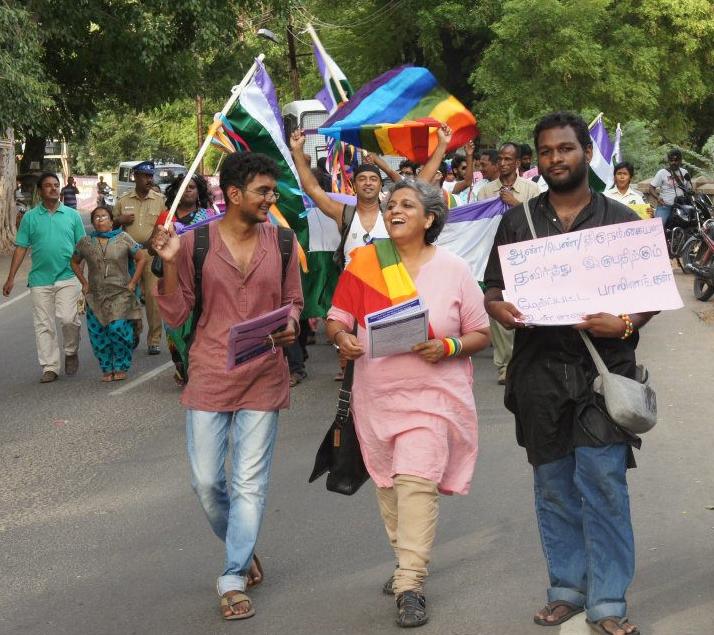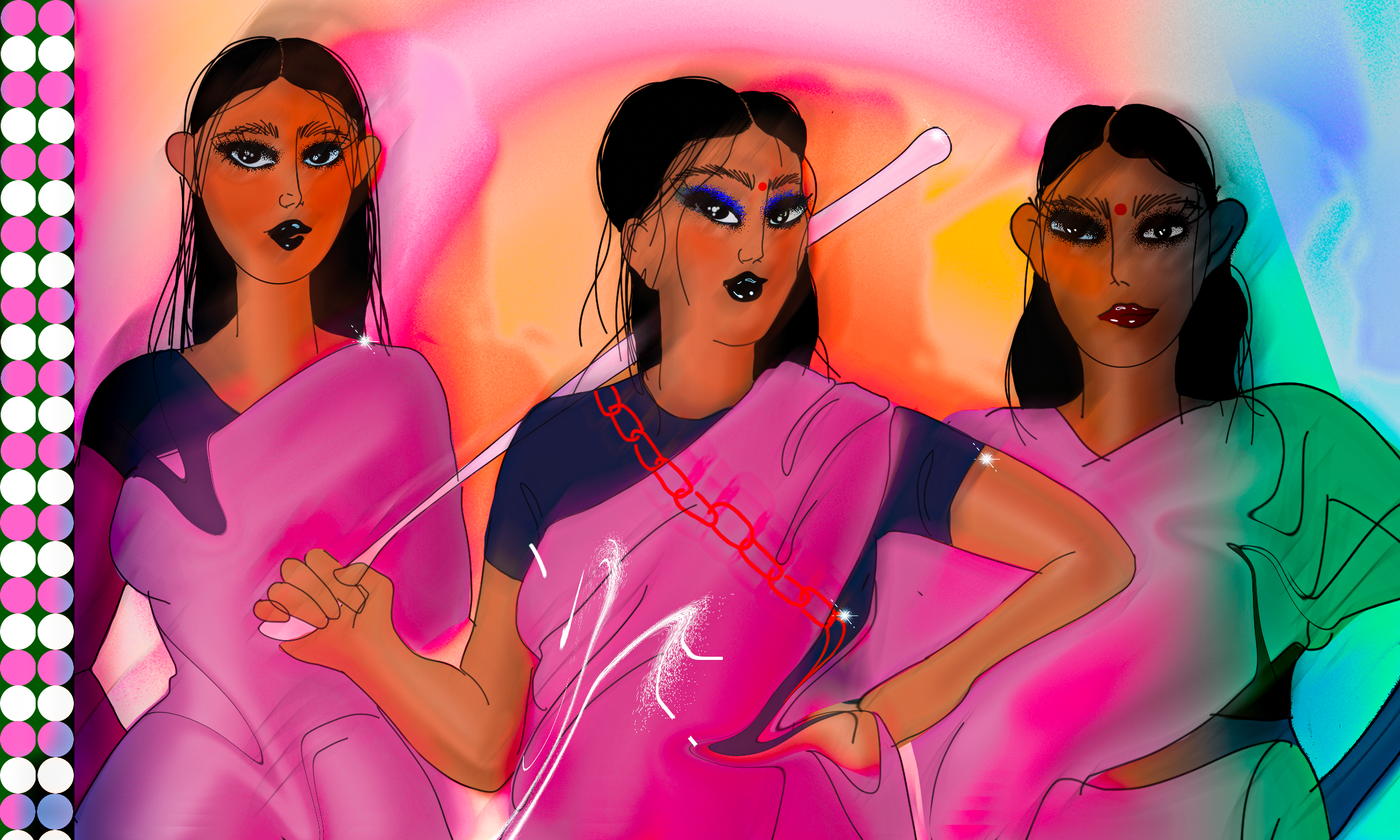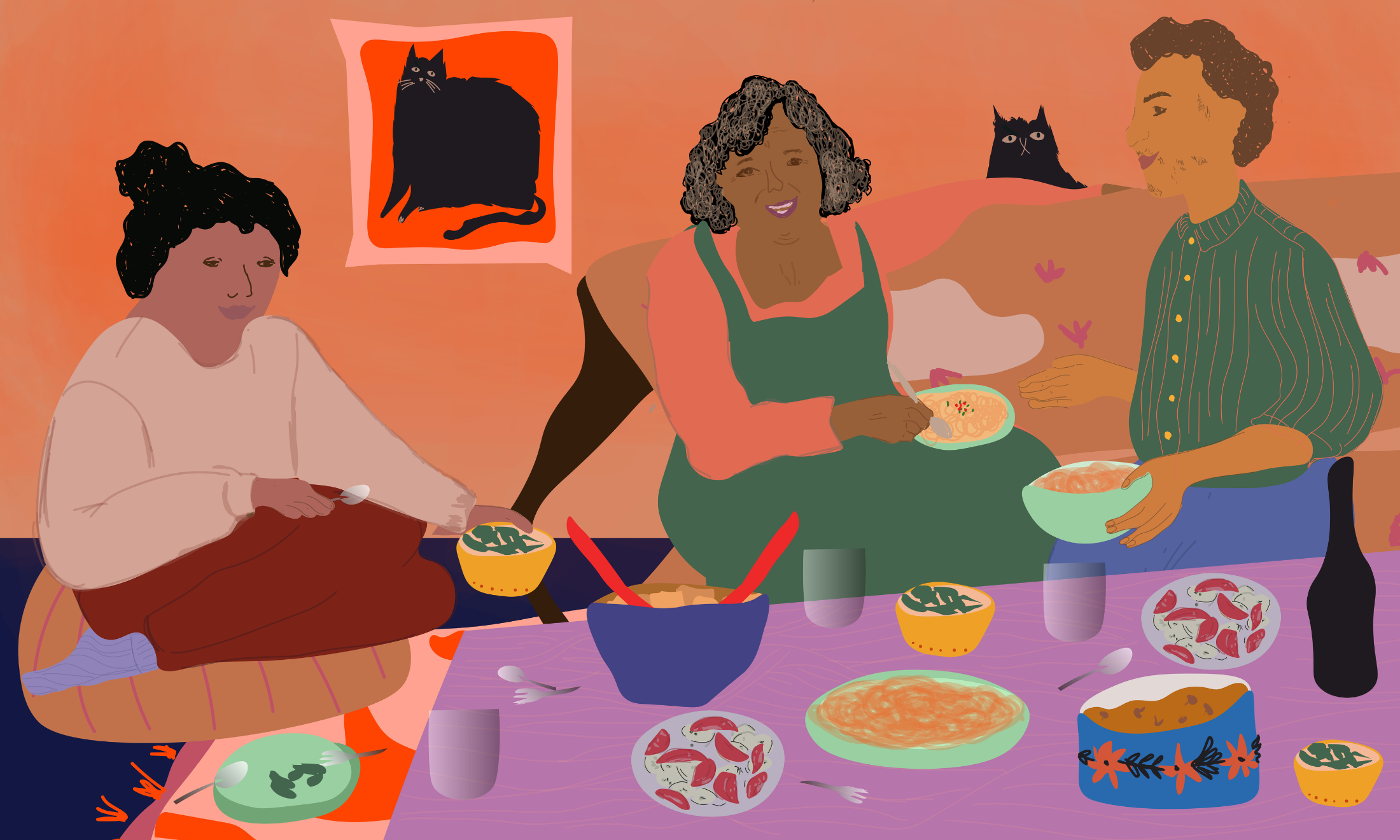
Image by Athlour/Wikimedia Commons
6 September 2018 marked a historic day for India: the Supreme Court of India repealed parts of Section 377 which included a ban of sexual activities “against the order of nature”, meaning that consensual gay sex is now no longer illegal. This was a particularly triumphant victory for the LGBTQ+ community in India after the 2009 decision to decriminalise consensual same-sex relationships by the Delhi High Court was overturned by the apex court in December 2013, in what was described by some as an “earth shattering verdict”.
Section 377, as well as encompassing the prohibition of sexual acts with minors and animals, also illegalised anal and oral sex; however, this was previously rarely enforced for consenting adults and used instead as a method of harassment and abuse for queer people in India. Reports of police officers raping gay and transgender individuals and threatening them with 377 were just some of the ways the law was exploited to silence and oppress the community.
“Section 377 was a reflection of the prudish and state-sanctioned homophobia of Victorian Britain”
Introduced in 1861 during the days of the British Raj, Section 377 was a reflection of the prudish and state-sanctioned homophobia of Victorian Britain. It was modelled after The Buggery Act of 1533, England’s first civil sodomy law, which similarly prohibited anal sex, bestiality and homosexuality. British society in the 19th century was heavily shaped by specific interpretations of the Bible and these attitudes were exported to Indian society through the evangelical tendencies of the Raj’s rulers.
But this wasn’t always the case. India, with its roots grounded in Hinduism, has historically been a more sexually fluid and much more progressive nation in terms of gender and sexuality, in comparison to many countries in the West. Taboos around sex and sexuality imposed by colonial rule have led to mis-education, sexual repression and subsequent frustration. The impact is a steady rise in sexual violence in the country.
India’s primary wave of invaders, the Mughals, destroyed ancient erotic Hindu sculptures in 9th century temples and brought in punishments for ‘Zina’, an Islamic legal term which prohibits “unlawful sexual intercourse”, including homosexuality. However, general attitudes then were still reasonably diverse and liberal; with prominent texts, such as Sufi poems in East India, featuring homosexuality of both genders.
“Vatsyayana’s Kama Sutra contains fluid accounts of gender and sexuality where references to the “third sex”are commonplace”
Another such text, which found widespread notoriety in the West, is Vatsyayana’s Kama Sutra: perhaps not the first but certainly the most well-known sex “manual” that expressed intercourse through a more scientific lens rather than an artistic one. In it, although it is rife with outdated concepts regarding the role of women, are fluid accounts of gender and sexuality where references to the “third sex” (for clarification purposes this term refers to eunuchs, intersex and transgender individuals) are commonplace.
Eunuchs, referred to as hijras in South Asia, although this term is considered derogatory, play a significant role in Indian history and society. Attitudes towards the third sex vary but the general consensus is to “live and let live”, with individuals often belonging to close-knit communities. Discrimination and consequently violence towards the third sex is common today but as with homophobia in India, their stigmatisation was fully established during the Raj where they were described as “a breach of public decency” and placed under the Criminal Tribes Act in 1871.
Currently, views towards homosexuality are mixed, with many conservative religious leaders condemning the latest ruling. As a secular country with a range of constantly battling religions, it is rare to see such a universal mentality amongst the different religions, all of which hold much influence for many Indians, for whom religion is used as a crucial guide to navigating life. Changing the law to recognise the legitimacy of relations outside heteronormative ideals doesn’t mark the end of the LGBTQ+ community’s struggle for widespread acceptance but can help to eventually change the mindset of the public for a hopefully more equal future.
Whilst scrapping 377 is a major victory for LGBTQ+ rights in India and an important step towards decolonising India, it is just the first rung of the steep ascent to rid the country of its deep-seated homophobia, which is just another adversity leftover from the British Raj.









